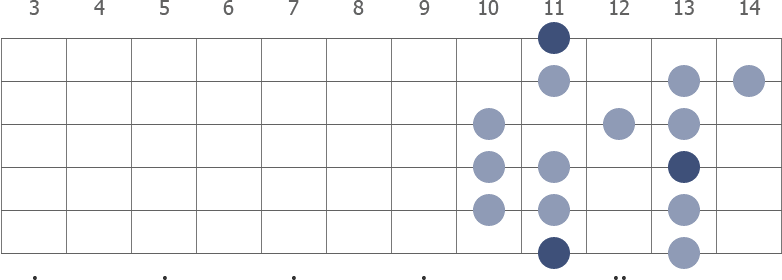
Movable do will either fail or become exceedingly confusing in such cases, defeating the purpose of solmization. Music is by no means always well-behaved! Harmonic sequences for instance will often cycle rapidly through keys without being firmly in any particular key. Movable do may be suitable for beginning- to intermediate-level solfège ear training, but it quickly gets complex and confusing and the system in fact breaks down. In all of these examples, you can easily see the difference between the two forms of solfège. Here are the three variants of the minor scale, with movable do solfège syllables:Ī few examples of solfège scales will suffice to illustrate the difference between fixed and movable do: Minor keys, for example, have different syllables, because certain notes are lowered with reference to their parallel major scale. Movable do contains additional syllables. Notice how the solfège syllables remain the same when going from one key to the next? The remaining syllables continue up each scale. For example, in C major, C is do in D major, D is do in E-flat minor, E-flat is do, and so on. There is an alternative system called movable do, in which do is always the tonic. The solfège syllables are not necessarily the note names, however. Similarly, D, D-sharp, D-flat, D double sharp or double flat are always re, regardless of what key the music may be in. Thus, C, C-sharp, C-flat, C double sharp or double flat are always do, no matter their harmonic context. Here is a pronunciation key for the primary solfège syllables: Syllableīecause these are the note names in these languages, in these countries fixed do solfège is taught, which means that the note names are sung regardless of key. The solfège syllables are thus nothing more than the note names in French, Italian and Spanish, minus any accidentals ( sharps or flats). Latin-derived languages (Italian, French, Spanish) assumed these names, and ut was eventually changed to do in Italy and later in the other countries. The starting notes of each phrase are C, D, E, F, G, A: The original solfège – also called solfeggio and solmization – note names derive from an 11th-century hymn by Guido d’Arezzo, in which the solfège syllable is the first note of each phrase. (The reason for changing si to ti was so that each syllable would begin with a different letter.) ( ut is rare, so we’ll ignore it here.) Similarly, si is used in continental Europe while ti has been used in English-speaking countries since the 19th century. The first and last syllables have variants which are a matter of custom: In France, ut is sometimes used in place of do.

If you’re familiar with the famous Rogers and Hammerstein song “Do-Re-Mi” from The Sound of Music, you already know the solfège note names: do, re, mi, fa, sol, la and ti. I know all these things in my head, but I still have trouble remembering to do them all (as you’ll see in the lesson).įor more on posture, check out this lesson with a chiropractor.Solfège is a system for singing notes. When you sit at the piano, try to keep your back straight, shoulders relaxed and feet flat on the floor.
#Second notes on the d scale full#
It doesn’t have to be a full stretching session, but spending a few minutes to stretch out your forearms and loosen your next and shoulders will help you arrive at the piano feeling relaxed, and it helps avoid the risk of long-term injury. Warming up is super important every time you sit at the piano.

Here’s a little write-up of each part of the play-along lesson.
#Second notes on the d scale how to#
You’ll also learn how to approach new scales with more confidence, so you can master even more of the keyboard. This lesson will show you how to practice piano scales with both hands in a way that’s challenging, but also musical and fun.

Part warm-up, part technique, it’s hard to know how long to practice scales for and what to focus on. You know you should practice your scales… This is a play-along lesson on how to practice piano scales, so I hope you’re sitting at your piano (or keyboard).


 0 kommentar(er)
0 kommentar(er)
